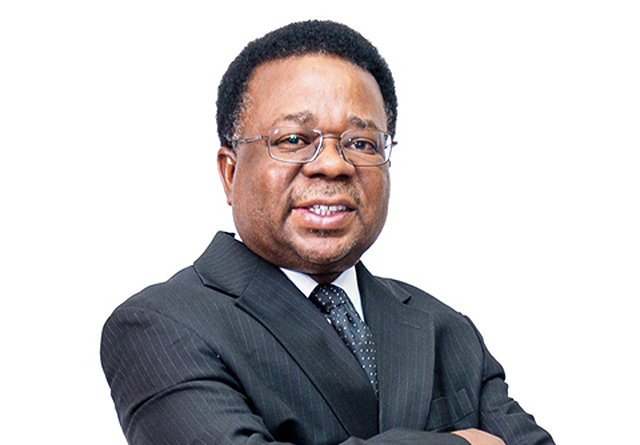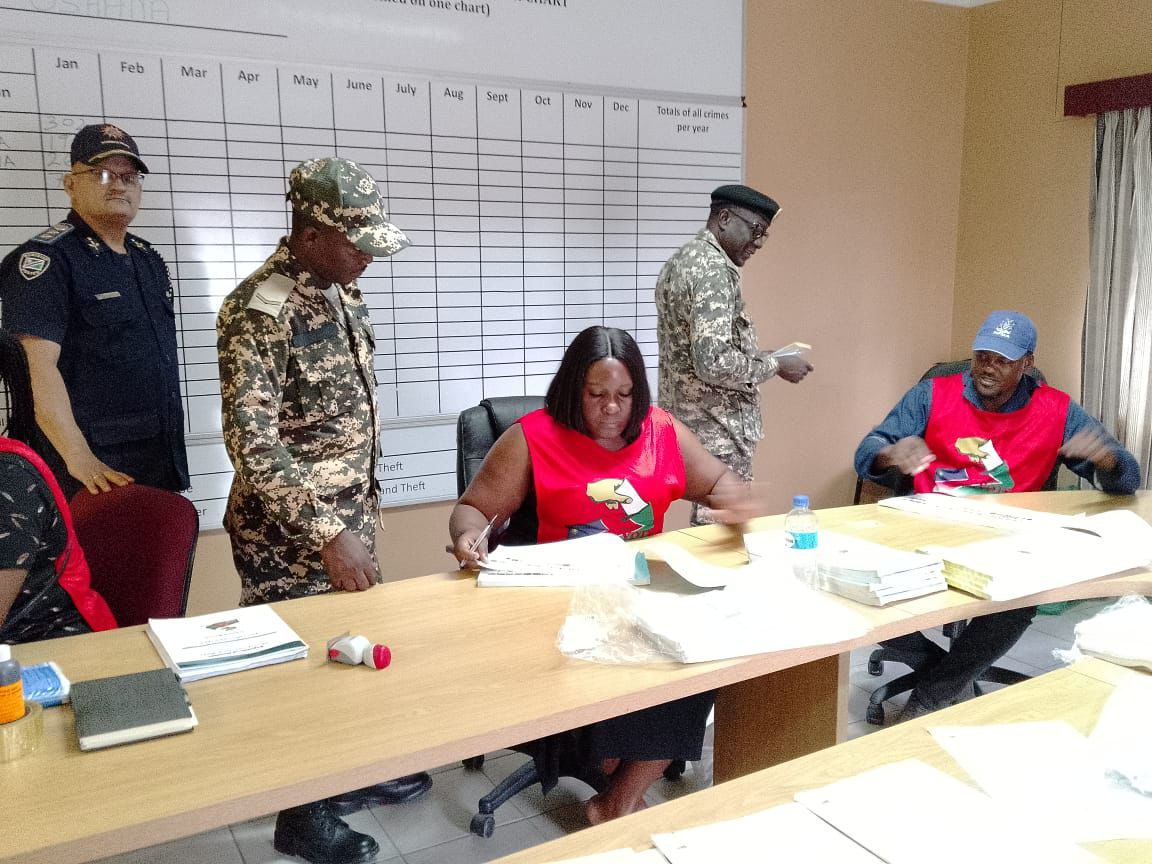DOMESTIC investment regulations and the dominance of state debt on the local market compelled the Government Institutions Pension Fund (GIPF) to take up more government debt over the past years.
This was said by GIPF chief executive officer David Nuyoma in a press statement this week, in response to an article published by The Namibian titled ‘GIPF gambles with pensioners’ money’, on 3 May 2019.
The article highlighted the risks of the government increasingly borrowing pensioners’ savings to fund its operational budget shortfalls between 2015 and 2018.
The article also pointed out that the increasing investment of pensioners’ money in government debts could lead to the GIPF failing to pay beneficiaries on time should the government fail to pay back the money, given the financial woes the country currently faces, and the huge debt the government has already stocked up to date from both local and foreign lenders.
Nuyoma, however, dismissed this risk, and said the government was a safe entity to loan to since it is not likely to default on paying back the loans.
The CEO said the institution will continue investing pensioners’ money safely, in line with the fund’s investment strategy and within the regulations of the Namibia Financial Institutions Supervisory Authority (Namfisa).
In its article, The Namibian had cited concerns by the International Monetary Fund as well as financial experts that the fund’s exposure to the government’s debt might lead to difficulties in meeting benefit payouts.
Given the increasing government borrowings from the GIPF, the foreign debt which the government has to pay, the sluggish economic growth, and the drop in government revenue, it is unclear how the government will service the GIPF debt.
The Namibian also pointed out that the government had been rated negatively by ratings agencies, and this had increased the state’s cost of borrowing from the foreign market.
Nuyoma said the GIPF can never gamble with pensioners’ money, and gave assurances that it was safe to invest more in government loans through bonds and treasury bills.
He, however, conceded that the limited issuance of corporate bonds had forced the fund to invest in what is available on the market, leading them to give more loans to the government.
According to him, the GIPF’s exposure to the state securities in question falls within the Namfisa regulations and the GIPF’s strategic asset allocation (SAA), and there was no need to worry.
Nuyoma stated that the news article instead aimed to instil unnecessary fear in their members.
He added that according to Namfisa, it was normal and permissible to invest in government debt to the extent they went to.
The GIPF dictates that the fund’s exposure to local bonds (government and corporate) should not be more than 21% of the total fund.
“It is important to note that the GIPF can only buy what is available on the market. The government is the biggest issuer of ‘I owe you’ notes in Namibia, which implies that buyers (GIPF) will have a large concentration on government bonds,” Nuyoma added.
The article also said the GIPF’s large pool of funds allows it to elbow out aspiring small investors from acquiring government bonds by bidding high price/low yield, which pushes up the price of the bond, and reduces the yield of the bond at maturity.
Nuyoma dismissed this by saying they just bid for the bond like everyone else in the market, and get an allocation from the Bank of Namibia.
“The individual results of the bond auctions are confidential. Therefore, no one will ever know who bids at what rates,” he stated.
Nuyoma said at the end of 2018, the fund missed reaching its strategic asset allocation limit of 21% investment in government and corporate debts by 0,1%.
The fund allocated 20,9% of its limit with N$13,5 billion in government debt, and N$9,3 billion for corporate debts.
Nuyoma said the government’s default risk is minimal because the economy will recover by 1,4% this year, and by 2,0% next year.
Contrasting the GIPF’s projection, the Bank of Namibia said “the domestic economy is projected to grow by 0,3 % in 2019 and 1,9% in 2020, which is a recovery from a contraction of 0,1% in 2018”.
The central bank also stressed that the projected recovery depends on the improvement in uranium prices, the good performance of the agricultural sector which is adversely affected by the drought, and lastly on the ongoing bullish trade negotiations between China and the USA which could affect the country’s mineral exports.
Stay informed with The Namibian – your source for credible journalism. Get in-depth reporting and opinions for
only N$85 a month. Invest in journalism, invest in democracy –
Subscribe Now!






